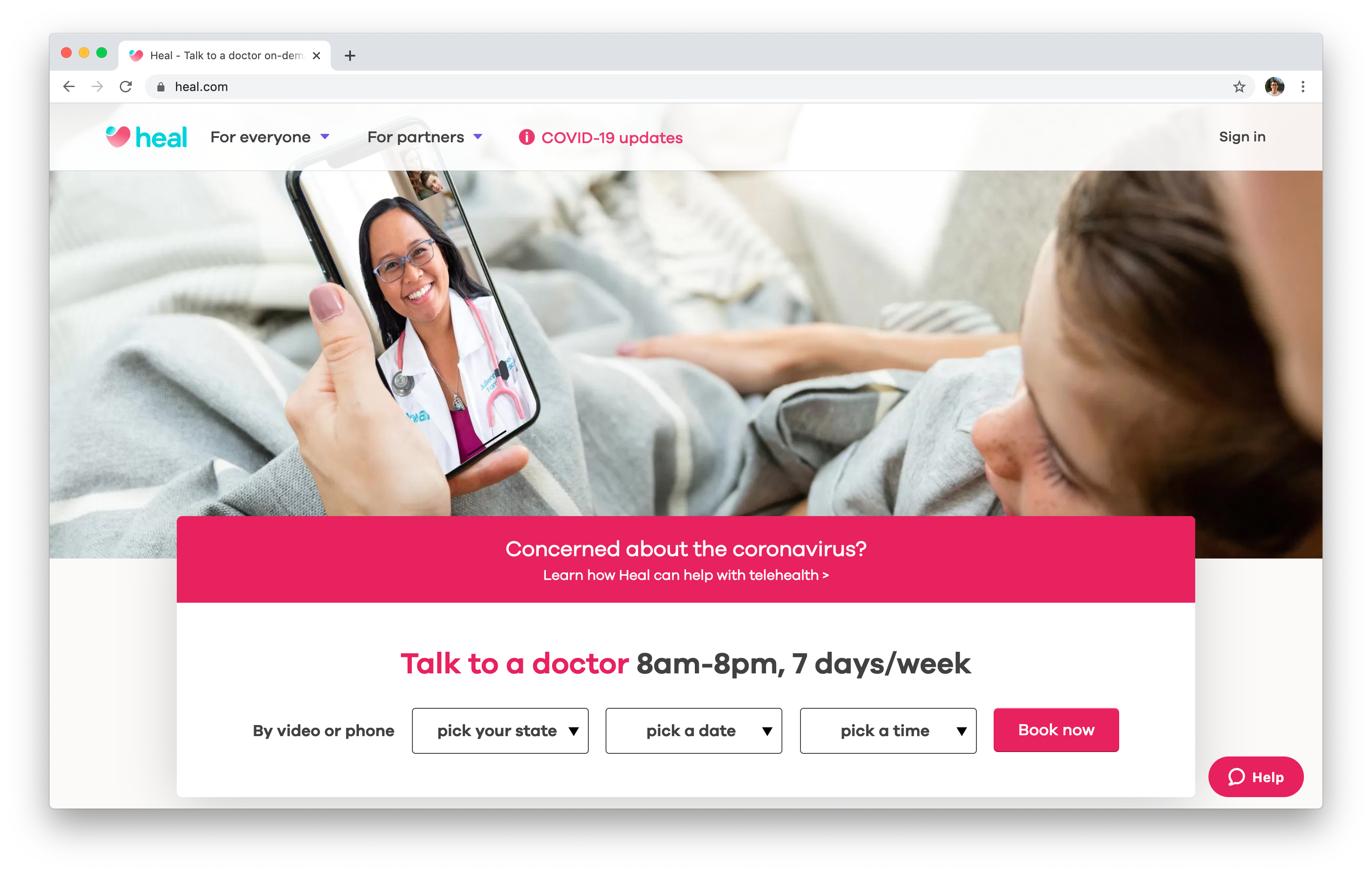The Future of Medicine: Exploring Subscription Based Healthcare Models
The Future of Medicine: Exploring Subscription Based Healthcare Models
Blog Article
Recognizing the Cost-Effectiveness of Subscription-Based Healthcare Versions
As the health care landscape advances, subscription-based models arise as an engaging alternative, guaranteeing to redefine exactly how individuals take care of medical costs. Reviewing these models' cost-effectiveness requires a nuanced contrast with typical insurance coverage, taking into consideration both financial ramifications and individual satisfaction. While they provide openness and predictability in prices, concerns continue to be about their ability to satisfy varied medical care demands, especially for specialized treatments. The point of views of doctor additionally complicate this formula, offering a complex obstacle. What does the future hold for these versions, and can they truly deliver on their guarantee of easily accessible, inexpensive care?
Overview of Subscription-Based Versions
Subscription-based medical care models, often referred to as direct health care or attendant medicine, are increasingly gaining interest as a potential solution to inadequacies within typical medical care systems. These designs operate the concept of offering clients straight accessibility to health care service providers through a month-to-month or yearly cost, bypassing the requirement for traditional insurance policy systems. This arrangement aims to enhance patient-provider interactions by reducing management burdens, which usually impede timely and tailored treatment.
At the core of subscription-based models is the focus on a more individualized patient experience. Individuals take advantage of enhanced accessibility to their physicians, usually including next-day or same-day appointments, prolonged consultation times, and straight communication channels such as phone or video clip calls. This model cultivates a proactive technique to healthcare, where individuals and providers can collaboratively focus on preventative treatment and persistent disease management.

Cost Comparison With Standard Insurance Policy

One of the primary financial advantages of registration models is transparency in costs. Clients pay a predictable fee, which can simplify budgeting and financial planning. Additionally, these models normally get rid of co-pays and deductibles for protected services, decreasing out-of-pocket costs. Conversely, conventional insurance may be more advantageous for individuals calling for specialized treatment or costly treatments not covered under a membership model, as they benefit from the more comprehensive insurance coverage network and cost-sharing systems.
Nonetheless, cost-effectiveness is context-dependent. While subscription versions might supply cost savings for those largely needing health care, people with chronic problems or specialized healthcare requirements might discover typical insurance coverage extra extensive. For that reason, reviewing particular medical care requirements and prospective use is essential in establishing the most economical alternative for individuals.
Effect On Person Complete Satisfaction
Individual contentment within subscription-based healthcare models typically shows a substantial renovation over traditional insurance systems. This enhancement is largely connected to the customized treatment and accessibility these models provide. Clients often report greater satisfaction due to decreased wait times and the convenience of scheduling consultations. Unlike typical systems, where people could experience delays in receiving care, subscription-based models ensure more prompt and direct interactions have a peek at this website with doctor.
Furthermore, the transparency in prices connected with subscription-based healthcare relieves the typical aggravations associated with unexpected charges and complicated billing processes seen in typical insurance coverage (subscription based healthcare). Patients value knowing the specific monetary dedication upfront, resulting in raised count on and self-confidence in their health care management
Furthermore, the focus on precautionary treatment and wellness in membership models adds to improved health and wellness outcomes, additionally boosting client contentment. By concentrating on recurring health upkeep instead than episodic care, people experience a more alternative and continual medical care journey.
In addition, the enhanced provider-patient connection cultivated in these models, defined by even more time invested per patient and customized interest, plays a crucial role in elevating client contentment levels, as patients feel really taken care of and recognized.
Service Provider Experiences and point of views
From the supplier's point of view, subscription-based healthcare models provide a transformative technique to providing clinical solutions. These designs highlight a aggressive and preventative healthcare technique, enabling suppliers to concentrate on detailed individual treatment without the restrictions of standard fee-for-service plans (subscription based healthcare). This shift in focus typically leads to enhanced client outcomes and enhanced service provider complete satisfaction, as healthcare professionals can allot even more time and sources to client interaction and personalized treatment strategies
Additionally, membership models facilitate foreseeable profits streams, which enhance financial stability for doctor. This predictability permits boosted resource planning and appropriation, adding to a more reliable health care delivery system. Companies can invest in team modern technology, facilities, and training renovations, consequently enhancing the high quality of treatment provided.
However, the transition to subscription-based designs is not without difficulties. Regardless of these difficulties, many companies discover that the advantages of boosted individual communication and structured procedures outweigh the initial challenges, making subscription-based models an appealing choice.
Future Potential Customers and Difficulties

A main difficulty is regulatory compliance, as registration designs should follow advancing health basics care policies and insurance policy demands. This necessitates continual adjustment and development to make certain placement with legal standards. Furthermore, integrating these versions into existing healthcare facilities can be complex, calling for considerable financial investments in innovation and training.
There is also the prospective risk of developing inequities in medical care gain access to, as registration designs could favor those that can afford them, leaving prone populations underserved. Addressing this calls for thoughtful factor to consider of pricing methods and subsidy devices to make certain inclusivity.
Final Thought
Subscription-based medical care models present a viable option to traditional insurance coverage by offering financial predictability and openness, particularly profiting people with persistent problems or regular healthcare demands. The cost-effectiveness of these versions is contingent upon specific medical care use patterns and circumstances.
Subscription-based medical care models, occasionally referred to as straight key care or concierge medication, are progressively gaining attention as a potential option to inadequacies within traditional healthcare systems. Unlike traditional systems, where patients might experience delays in obtaining treatment, subscription-based versions ensure more direct and timely interactions with medical care service providers.
These versions emphasize a aggressive and preventative health care method, permitting carriers to focus on extensive person treatment without the constraints of traditional fee-for-service plans. As these designs proceed to get grip, they offer the prospective to reinvent client accessibility to care, enhance solution distribution, and maximize health care investing.Subscription-based health care versions offer a feasible choice to typical insurance policy by supplying economic predictability and openness, particularly benefiting individuals with chronic conditions or frequent health care demands.
Report this page